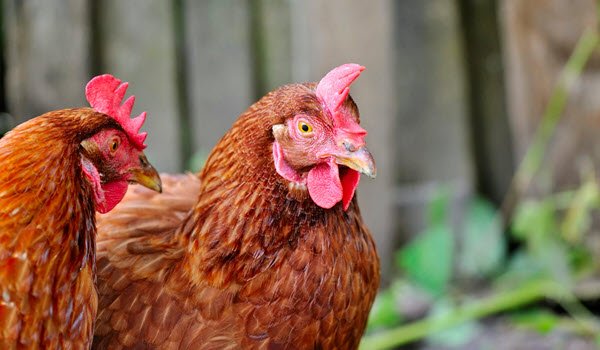Consider Farming? Consider Chickens?
Farming for Beginners: How to Decide Between Livestock and Plants? Farming, it may seem complicated at first, but is in fact a simple process, the only question is it right for you. Some may think of farming as sitting back and watching over plants or livestock, but unless you can afford to pay people to work your land you will have to participate in the harvest and up keep. Now you may be thinking how you will be able to afford the land and provide other needed items that you are not producing. Well that is quite simple, while you may not be able to mass produce food like the large companies, you can produce more than your family needs to survive. With your extra food you can sell it at a farmers market or to friends. Now with all of the logistics out of the way an interesting topic looms: Will you farm livestock or fruits and vegetables? If your a vegetarian your answer is simple, you will grow fruits and vegetables, however if you are not you still have a difficult decision. While both livestock and fruits and vegetables can yield a profit - livestock can do this with less work for you. The kinds of livestock farming that you could participate in are raising them for sale or raising them and selling their meat and other products. Raising livestock for sale may be another solution for a person who does not want to consume animal products, but selling the meat and other products of the animals is potentially more profitable. The kinds of livestock that you could chose to farm are cattle, pigs, sheep, turkey, and chickens. Each of these animals have reasons both for and against farming them. The cattle can be butchered and milked, both of which could be sold. The sheep’s wool can be harvested as well as mutton. Chickens produce both eggs and meat. Pigs and turkeys however only produce meat. No matter what animal you choose to farm you need to be able to provide some basic necessities like a clean shelter, clean water, and nutritious feed. The shelter needs to be clean of mud and manure, as well as providing enough space for the livestock to be comfortable, this includes ventilation that does not create drafts and proper bedding material, which will need to be changed often to prevent sickness. The clean water is necessary as it helps regulate the body temperature of the animals, and clean [...]







